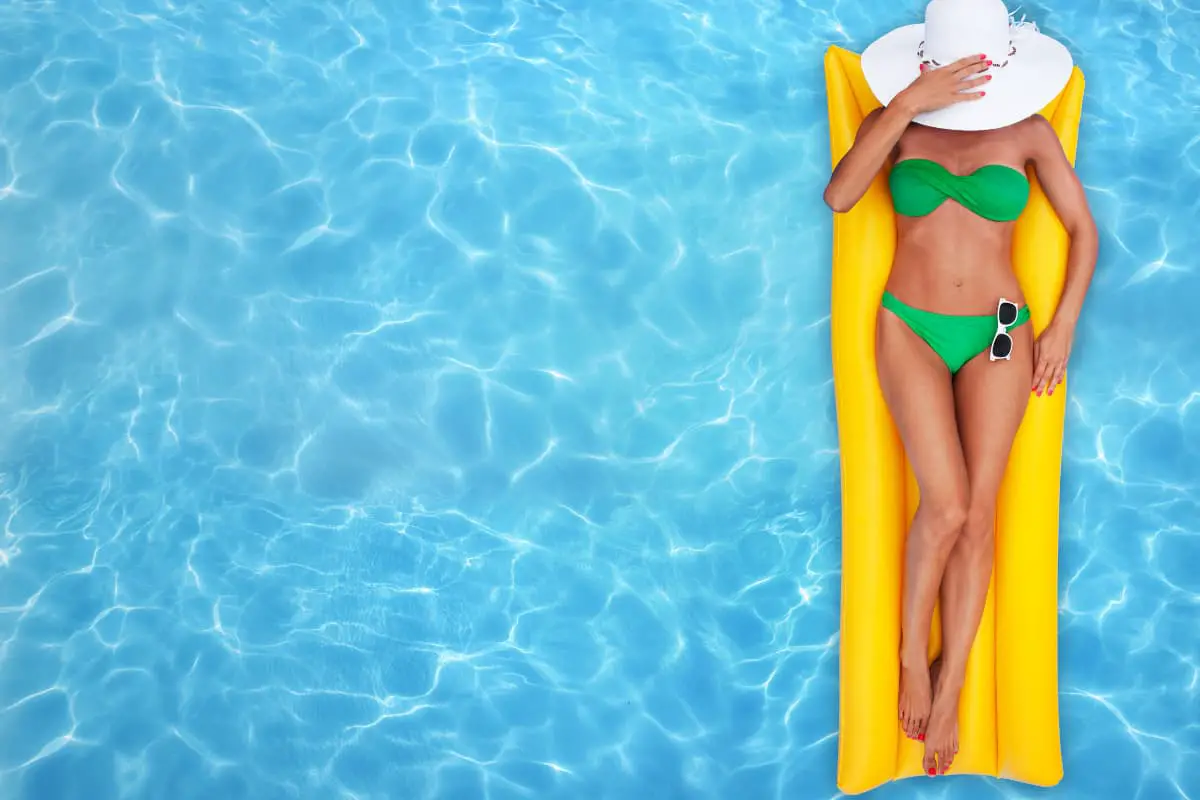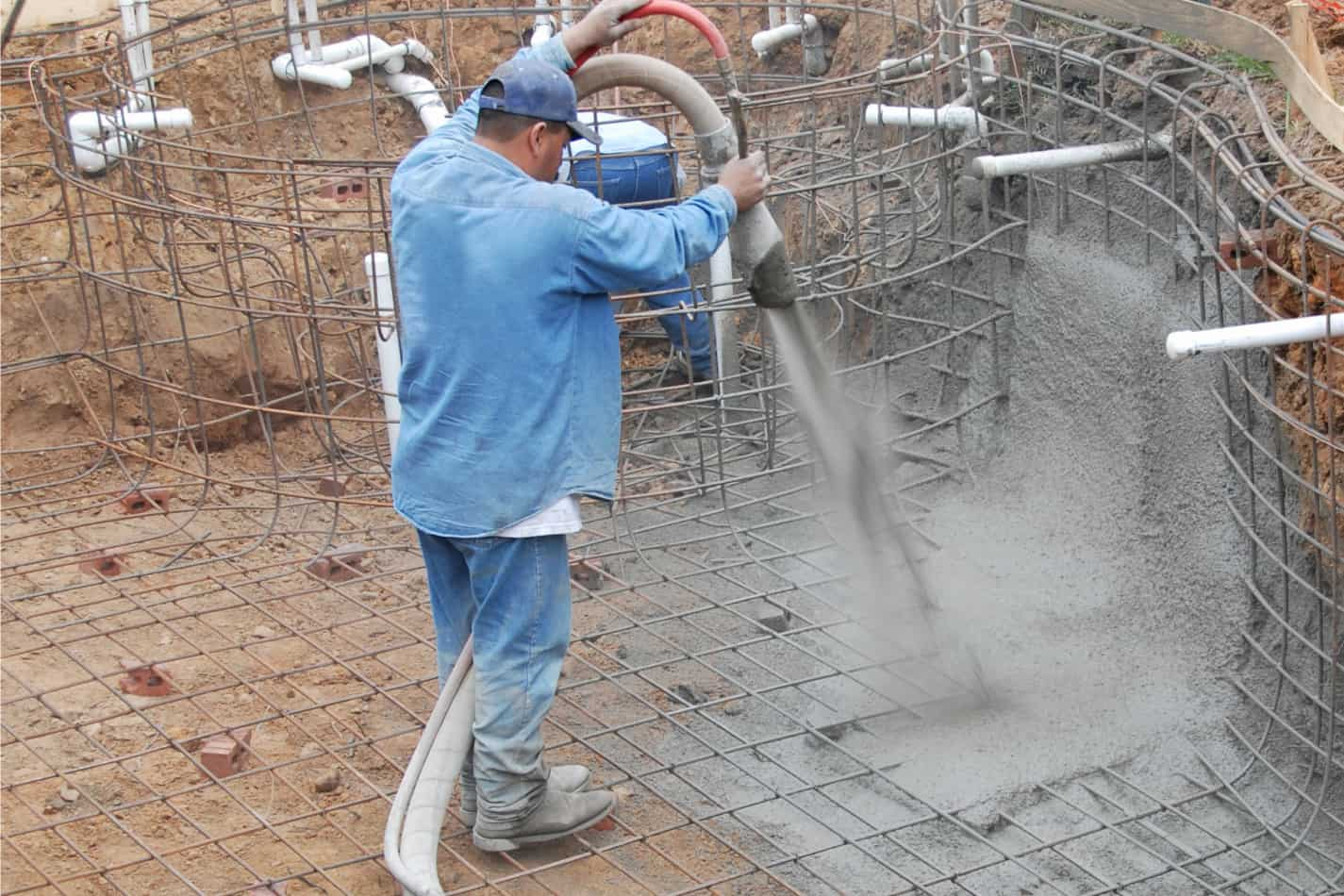Pool Backwashing: How Often Is a Backwash Needed?
As an Amazon Associate I earn from qualifying purchases.
Your pool’s bottom will accumulate dirt and debris over time, and you’ll need to vacuum it to clean it. To do this, check the pressure gauge on your pool’s filter whenever you undertake routine pool cleaning and maintenance to see whether it is greater than normal, indicating that debris has accumulated and the filter needs to be backwashed.
Backwashing is the procedure for removing debris and grime that has become trapped in the filtration system. A backwash is necessary to keep your pool clean and your filtration system functioning effectively. If you don’t backwash your pool, you’ll end up with a damaged skimmer, murky water, and an unsanitary pool.
One of the most frequently asked pool questions is how to backwash the pool and when to do it. If you’ve ever wondered how often and when to backwash your pool, then this post is for you. Continue reading to learn everything you need to know.
What Is Backwashing?
Backwashing is a pool terminology for a filter cleaning process that reverses the water flow through your filter system.
While most pool filters assist in the removal of organic waste by forcing water through a porous media (usually sand) and returning the clean water to the pool, bigger particles accumulate in the filter over time.
Due to the increased pressure, this can diminish the efficacy of your filter and perhaps cause damage.
Backwashing removes trapped debris and impurities from your pool by flushing them out through the waste pipe or a hose connected to the pool pump. The pressure gauge drops when the filter medium is clean, and water flows freely in and out of the system.
Indicators that your pool needs backwashing.
There are apparent symptoms that your pool needs to a backwash, and here are a few of them:
- Water Flow – When the filter reduces the pace at which water passes through, the pool should be backwashed. It slows down the flow of water in your pool. An indication that your filter has become blocked with trash or sand.
- Water Clarity – murky water may prevent the filter media from capturing dirt and debris, resulting in cloudy water.
- Water Pressure – A rise in Per Square Inch (PSI) pressure readings can also be caused by malfunctioning equipment. The normal working pressure for the sand filter system is between 50 and 75 kilopascals.
How To Backwash A Sand Filter.
It’s simple to backwash your sand filter. Backwashing is the same in all sand filters, though the configuration varies by manufacturer and model.
- Turn off the pump and extend the backwash hose (if you have it).
- Pull and twist the plunger upward 2 – 3 inches after twisting and unlocking the plunger T-handle.
- Turn on the pump after opening the air bleeder assembly on your filter.
- Keep an eye on the pressure gauge for any sudden changes.
- Backwash your sand filter for 2 to 3 minutes, or until the water runs clear, after the hose fills with water.
- Push the T-handle back down into the locked position after turning off the pump motor.
- Restart your pump and take note of the reduced pressure.
Note: To backwash a multi-port valve, follow the manufacturer’s instructions or the labeling on the valve.
How Often Should Your Pool Be Backwashed?
The frequency of backwashing is largely determined by how much use your pool receives, as well as the type of filtration system and its location.
If shrubs or trees surround your pool, it will almost certainly require more frequent backwashing than a pool that isn’t exposed to leaf litter and organic debris.
A good rule of thumb is backwashing your pool once a week or with your scheduled maintenance. Backwash your filter when the pressure gauge on the filter reads 8-10 PSI (pounds per square inch) above the starting level or “clean” pressure. If your filter is normally operating at 15 PSI but suddenly rises to 25 PSI, you should backwash it.
Backwashing is also a good idea after a huge storm or an algae outbreak in your area. If you have deciduous trees nearby, it’s also a good idea to do a backwash after the leaves have fallen.
A diatomaceous earth (D.E.) filter system should be dismantled and cleaned at least six times per year. A sand filter should be emptied twice a year and backwashed once a month.
What Happens If I Frequently Backwashing The Pool
Backwashing is necessary, but it should not be done excessively, as some pool owners do. Backwash your pool only when it’s absolutely necessary.
A lot of backwashing leads to a lot of water loss. Stop backwashing the pool as soon as the water becomes clear.
How Long Does It Take To Backwash A Pool Filter?
Running the water cleanout of the waste line for 2-3 minutes is sufficient. It may be necessary to add more water before or after backwashing.
You can look at the end of the hose or use a sight glass on some valves to see the water while backwashing. The backwashing should end when the water is clear.
The ‘bumping’ process involves backwashing several times to remove dirt and excess D.E. (diatomaceous earth), and it tends to remove more dirt and D.E. than a single backwash.
Add the fresh D.E. powder through the skimmer to replace what was washed away. Only 4 cups (32 oz) of D.E. powder are needed for every ten square feet of filter surface.
The chemical levels in the pool should be proportional to the water level in the pool.
Always pay close attention to the discharge hose to avoid oversaturation or erosion. Keep in mind that D.E. powder can be harmful to your lawn.
What happens if you don’t backwash your pool?
If you don’t backwash your pool, the sand level in the water will continue to rise, and the flow will decrease. Some filter pumps may explode due to this, resulting in closing call injuries.
Important: Do not backwash your pool unless you have a D.E. filter with a separation tank.
Conclusion
To conclude, backwashing your pool regularly is necessary to maintain a smooth filtration system flow. It will ensure that the water in the swimming pool is safe and sanitary all year.
Maintaining healthy pool water, especially during the summer, will save you money on costly repairs.
Know when to backwash your filter to maintain your swimming pool water clean and the filtration system in good working order.
Thanks for reading to the end. And as always, we wish you plenty of fun!


